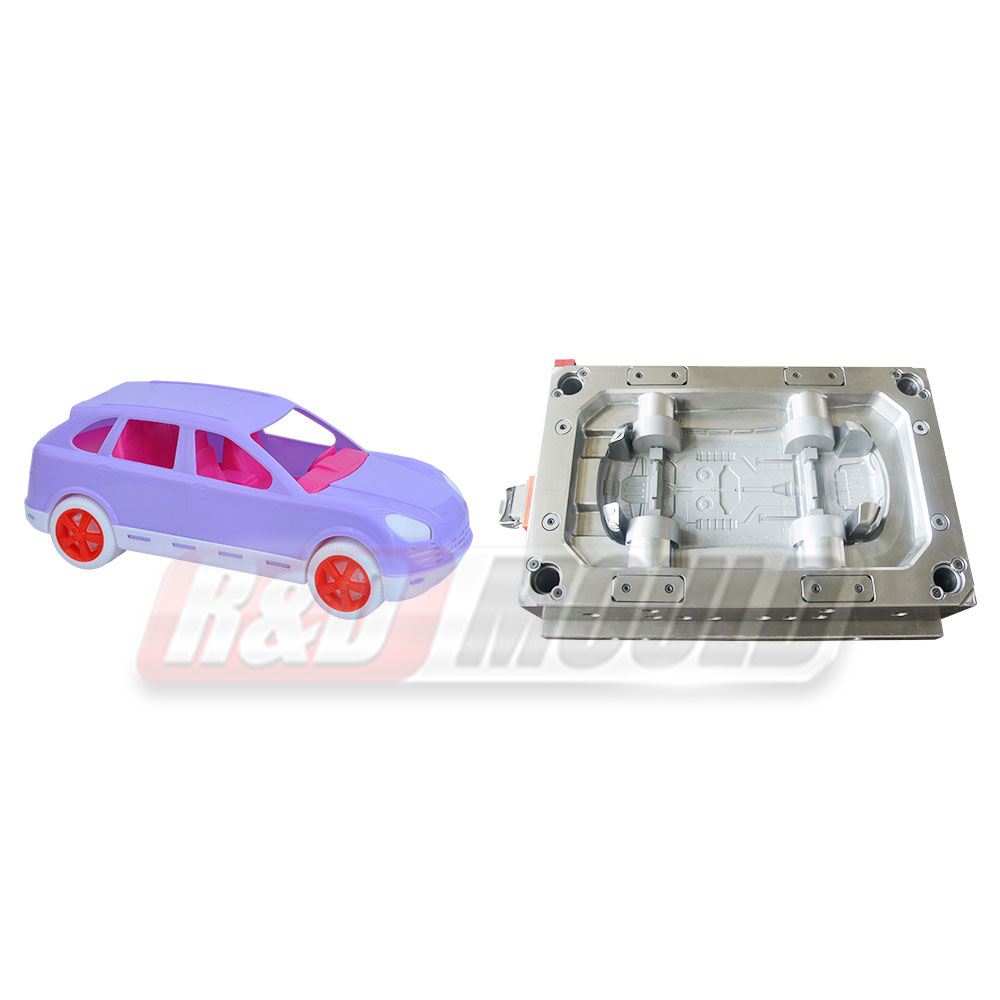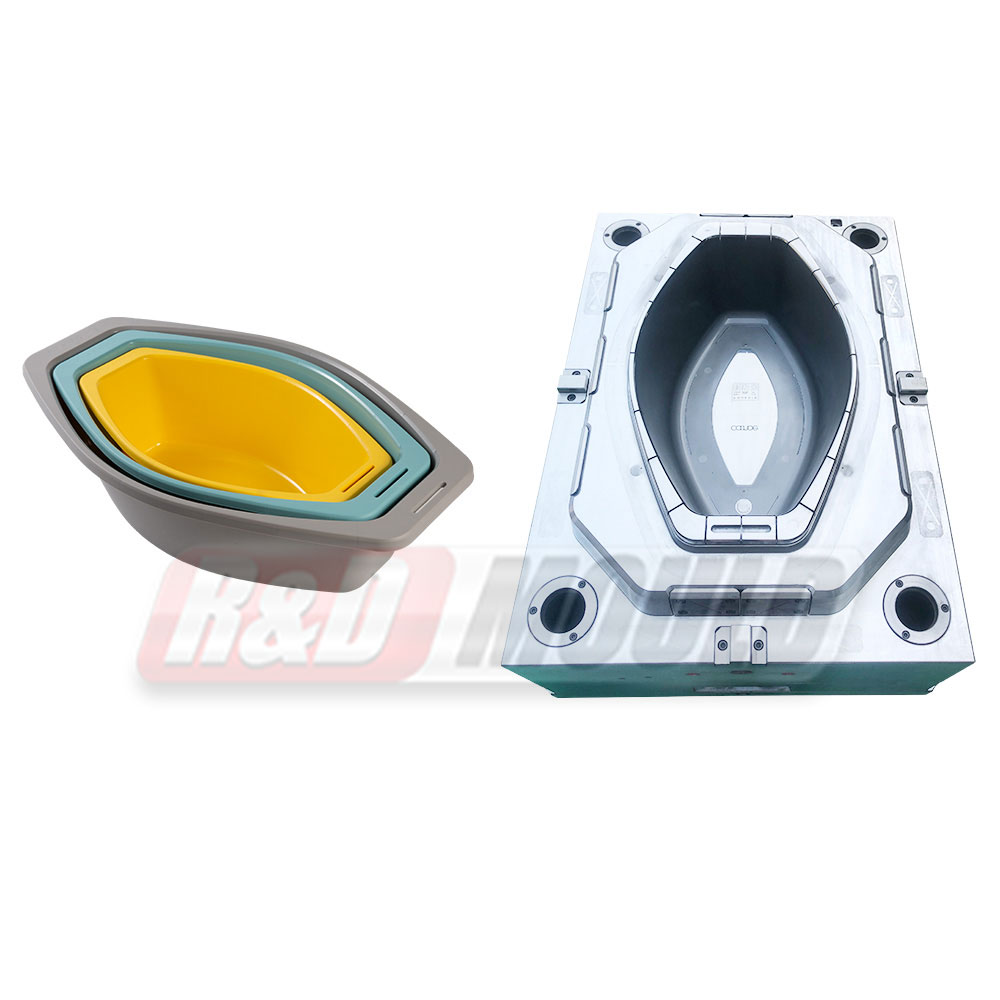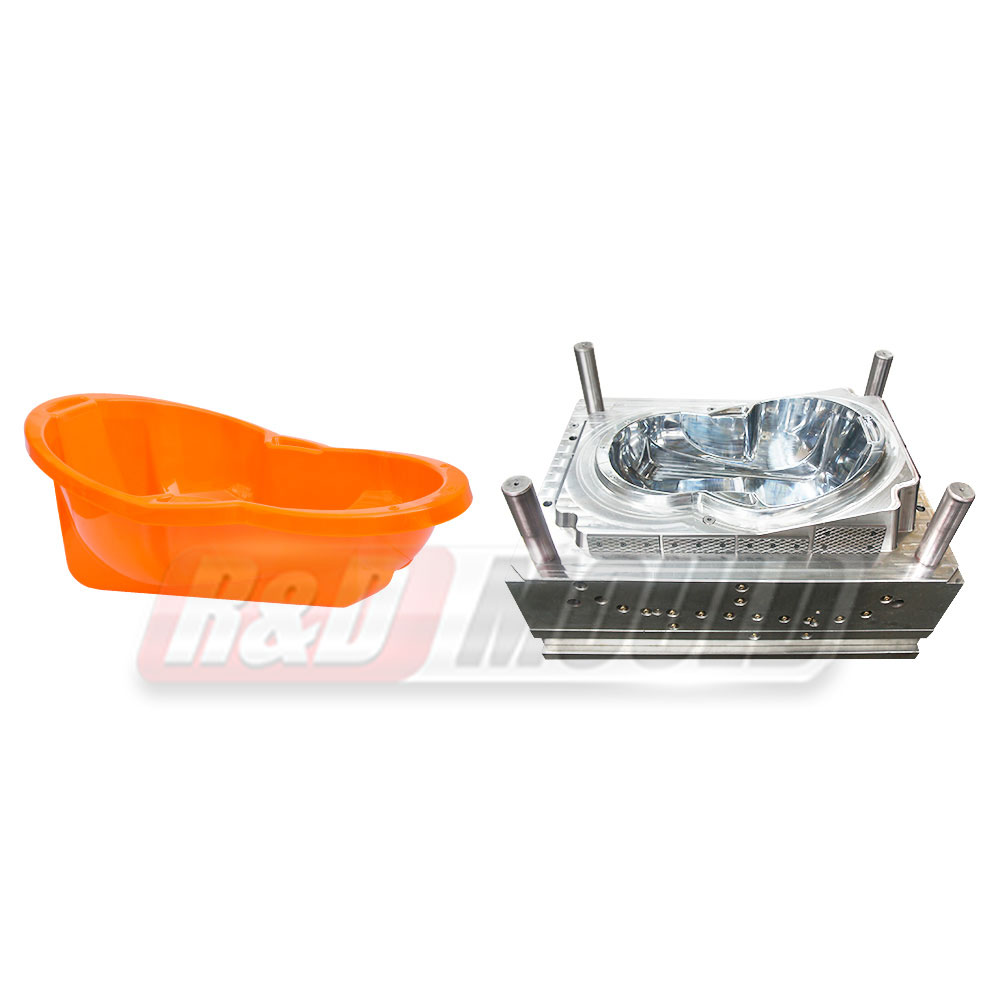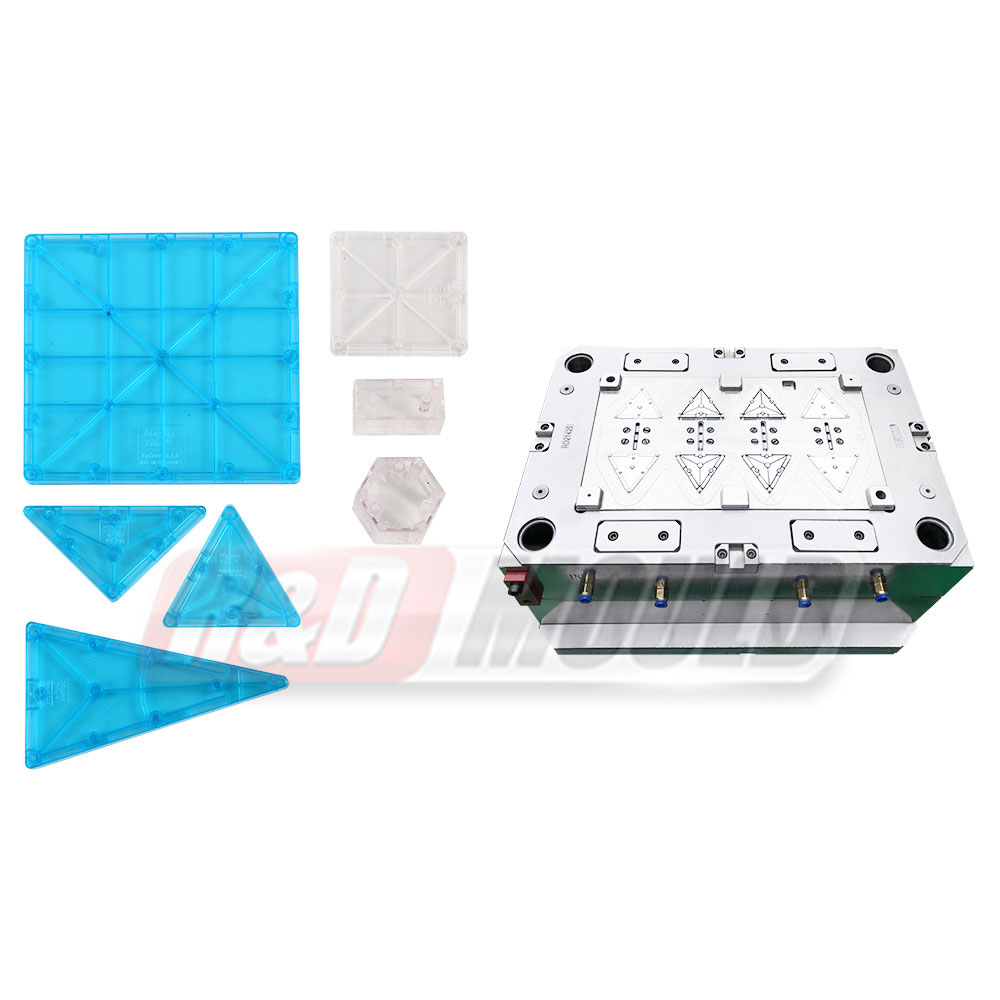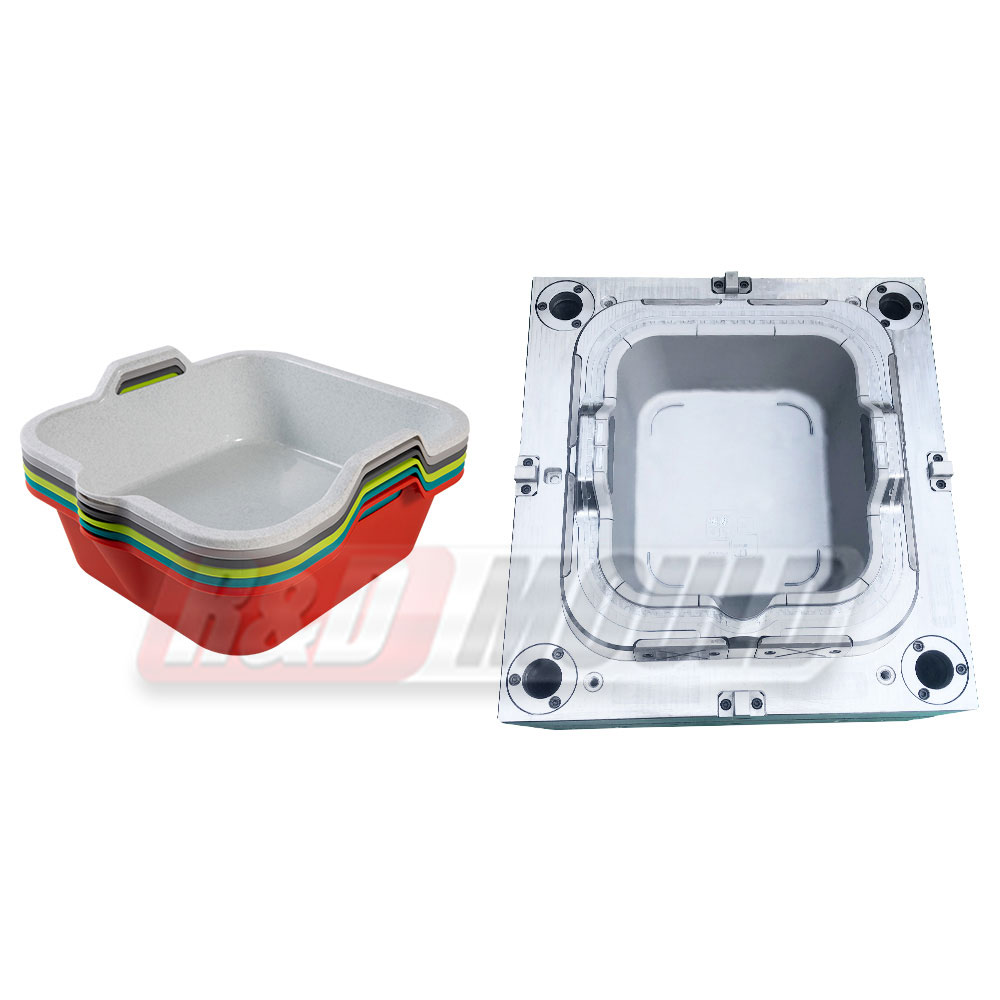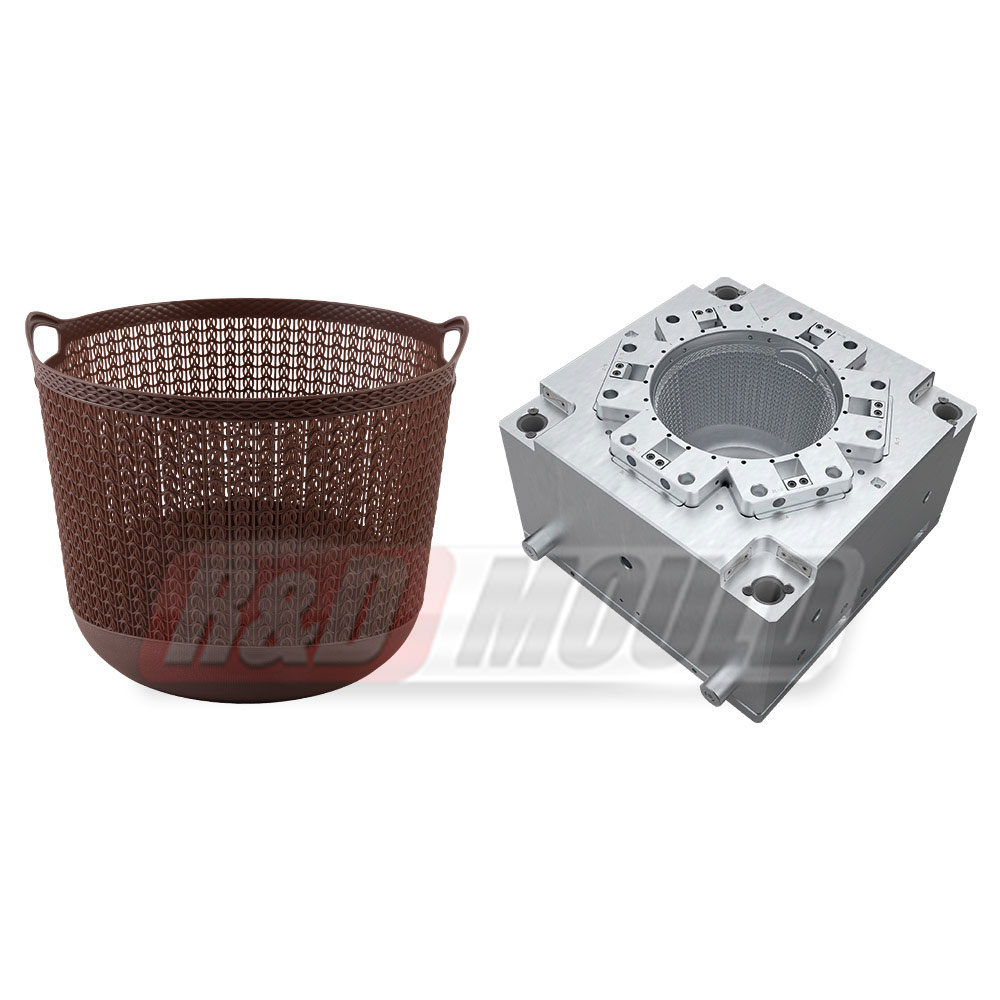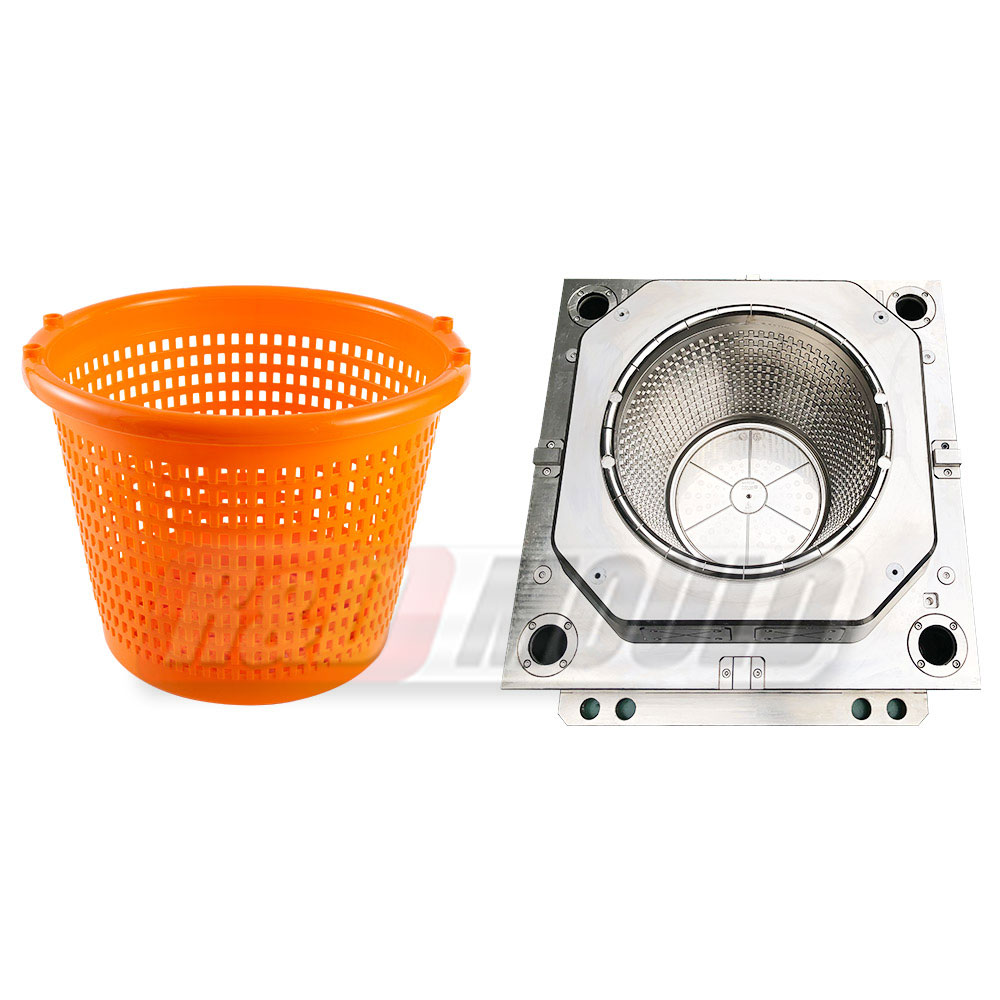In the growing food packaging industry, the food container mold plays a crucial role in producing safe, reliable, and functional containers. The quality of a food container mold directly influences the final product’s performance, aesthetics, and safety. Understanding the manufacturing process of a food container mold—including the mold design workflow, machining techniques, critical points during production, and methods to ensure precision and durability—can provide valuable insight for manufacturers and industry observers alike.
Mold Design Workflow for Food Container Mold
The foundation of a successful food container mold lies in its design. The design phase is comprehensive and requires close collaboration between engineers, designers, and material specialists. Initially, the design team gathers all essential specifications such as container size, shape, wall thickness, and the type of plastic material to be used. These parameters influence every aspect of the food container mold design.
Following this, a 3D digital model of the food container mold is created using CAD (Computer-Aided Design) software. This model allows the design team to simulate the molding process, analyze potential defects, and optimize cooling channels to improve cycle times. A well-designed food container mold must consider factors such as uniform material flow, ease of ejection, and mold wear during repetitive use.
After thorough simulations and adjustments, detailed blueprints are finalized for the manufacturing phase. At this stage, the precision of the design is critical because it directly impacts the performance and lifespan of the food container mold.
Common Machining Techniques for Food Container Mold
The manufacturing of a food container mold relies on several machining techniques that work in tandem to produce a high-quality mold.
CNC machining is among the widely used methods. This computer-controlled process can carve intricate and precise shapes out of metal blocks, typically steel or aluminum, which form the main components of the food container mold. CNC machining ensures that the mold cavity matches the design specifications closely, allowing for consistent food container production.
Another key technique is Electrical Discharge Machining (EDM) or electric spark machining. EDM is especially useful for creating complex geometries and fine details that CNC machining might struggle with. It uses electrical discharges to erode metal surfaces, enabling the creation of delicate mold features that are essential for some food container mold designs.
Polishing is the finishing step that smooths the surface of the mold cavity. This is vital for ensuring that the molded food containers have a smooth and attractive surface, which also facilitates easy release of the container from the mold during production. The polishing process varies depending on the container’s end-use requirements and the type of plastic being molded.
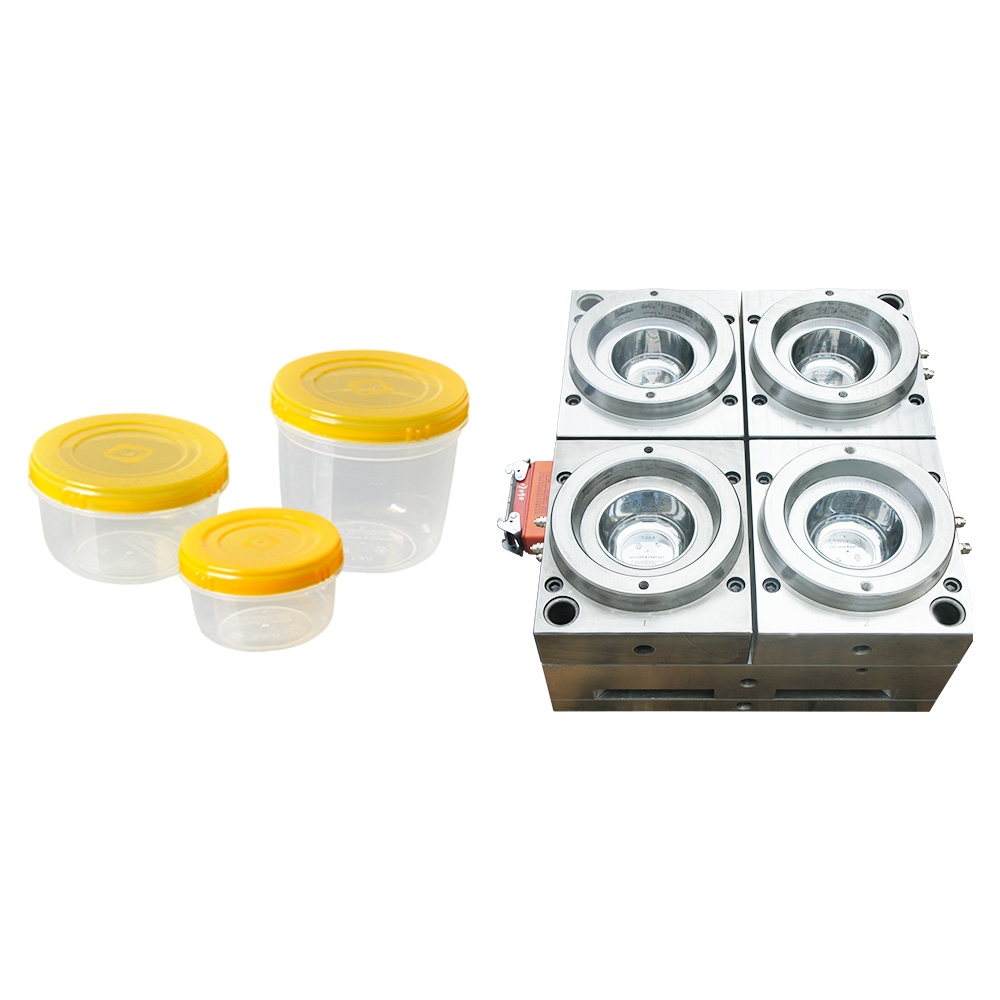
Key Points to Consider During Food Container Mold Manufacturing
There are several important considerations to address throughout the food container mold manufacturing process to avoid costly errors and ensure mold quality.
Material selection is a prime concern. The mold materials must be robust enough to withstand repeated cycles and the high pressure and temperature of molding processes. Usually, hardened steel is preferred for molds that need long-term durability, while aluminum molds might be used for prototyping or short production runs.
Thermal management within the food container mold is another critical factor. Proper design and placement of cooling channels help control the mold temperature, reducing cycle times and improving the quality of the molded containers by preventing warping or sink marks.
Additionally, the alignment of mold components must be precise to avoid flashing or uneven container walls. Precision in assembling the food container mold parts affects the mold’s operational efficiency and the consistency of the food containers produced.
Ensuring Precision and Durability of Food Container Mold
Precision and durability are two pillars supporting the value of a food container mold. Several strategies help achieve these goals.
Firstly, investing in advanced CAD and CAM software during the design and manufacturing phases allows for tight tolerances and intricate details. This software integration minimizes human error and ensures the mold dimensions adhere strictly to the intended design.
Secondly, routine inspections using coordinate measuring machines (CMM) or laser scanning help verify the mold’s dimensions at various production stages. These quality checks detect deviations early, allowing for timely corrections that maintain mold accuracy.
To enhance durability, the choice of surface treatments and coatings on the mold can protect it from corrosion, wear, and chemical attack from molding materials. Treatments like nitriding or chrome plating extend the food container mold lifespan significantly.
Regular maintenance practices such as cleaning, lubrication, and inspection after production cycles also preserve the mold’s integrity. Addressing minor damages promptly prevents more severe wear and prolongs the effective use of the food container mold.
In conclusion, the manufacturing process of a food container mold encompasses a detailed design workflow, multiple precise machining techniques, careful attention to material and thermal management, and a focus on precision and durability. As the demand for high-quality food containers continues to rise, mastering these aspects of food container mold production becomes increasingly important. Whether for short-term prototyping or long-term mass production, a well-crafted food container mold is a cornerstone of reliable and safe food packaging.





 English
English عربى
عربى Español
Español Français
Français